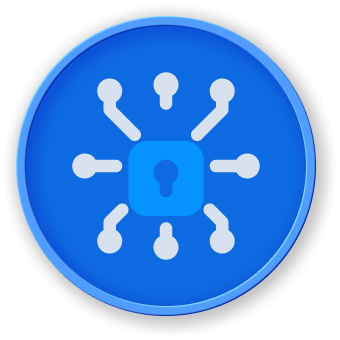Restriction Challenges
Common Docker Access Restriction Scenarios
Docker access restrictions can emerge from various security and organizational requirements, creating complex challenges for system administrators and developers.
Types of Docker Access Restrictions
graph TD
A[Docker Access Restrictions]
A --> B[Network Limitations]
A --> C[User Permission Constraints]
A --> D[Container Isolation]
A --> E[Resource Control]
Network-Level Restrictions
Firewall Configurations
Typical network restrictions include:
- Blocking Docker daemon ports
- Limiting container network interfaces
- Implementing strict network segmentation
User Permission Challenges
| Restriction Type |
Impact |
Mitigation Strategy |
| Root-Only Access |
Limits developer productivity |
Create controlled docker groups |
| Strict RBAC |
Complex permission management |
Implement granular role definitions |
| Isolated Environments |
Reduced system flexibility |
Use namespaces and security contexts |
Authentication Bottlenecks
Example of restricted Docker socket access:
## Typical restricted socket permissions
$ ls -l /var/run/docker.sock
srw-rw---- 1 root docker 0 Jun 15 10:30 docker.sock
## Demonstrates limited access without proper group membership
$ docker ps
permission denied while trying to connect to the Docker daemon socket
Container Isolation Mechanisms
Key isolation challenges:
- Preventing container breakout
- Restricting system resource access
- Implementing secure namespaces
Security Context Limitations
## Demonstrating restricted container execution
docker run --security-opt=no-new-privileges:true \
--read-only \
--tmpfs /tmp \
alpine:latest
LabEx Insight
LabEx recommends practicing these restriction scenarios in controlled, simulated environments to build practical security skills.
Advanced Restriction Techniques
- SELinux/AppArmor integration
- Custom seccomp profiles
- Kernel capability dropping
- Runtime security monitoring




